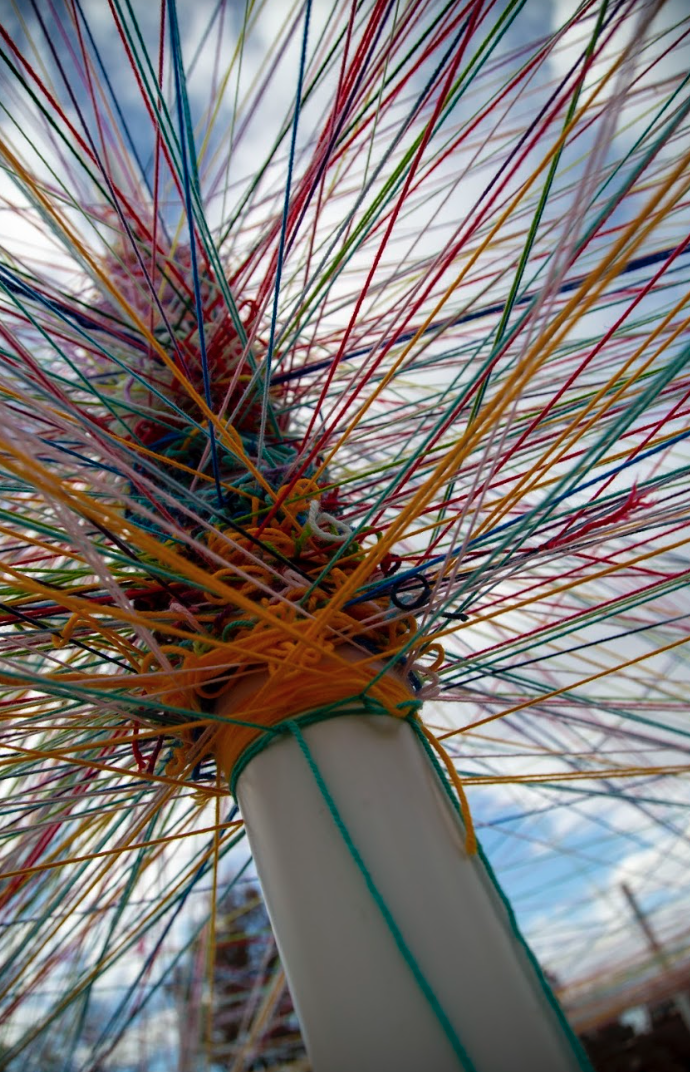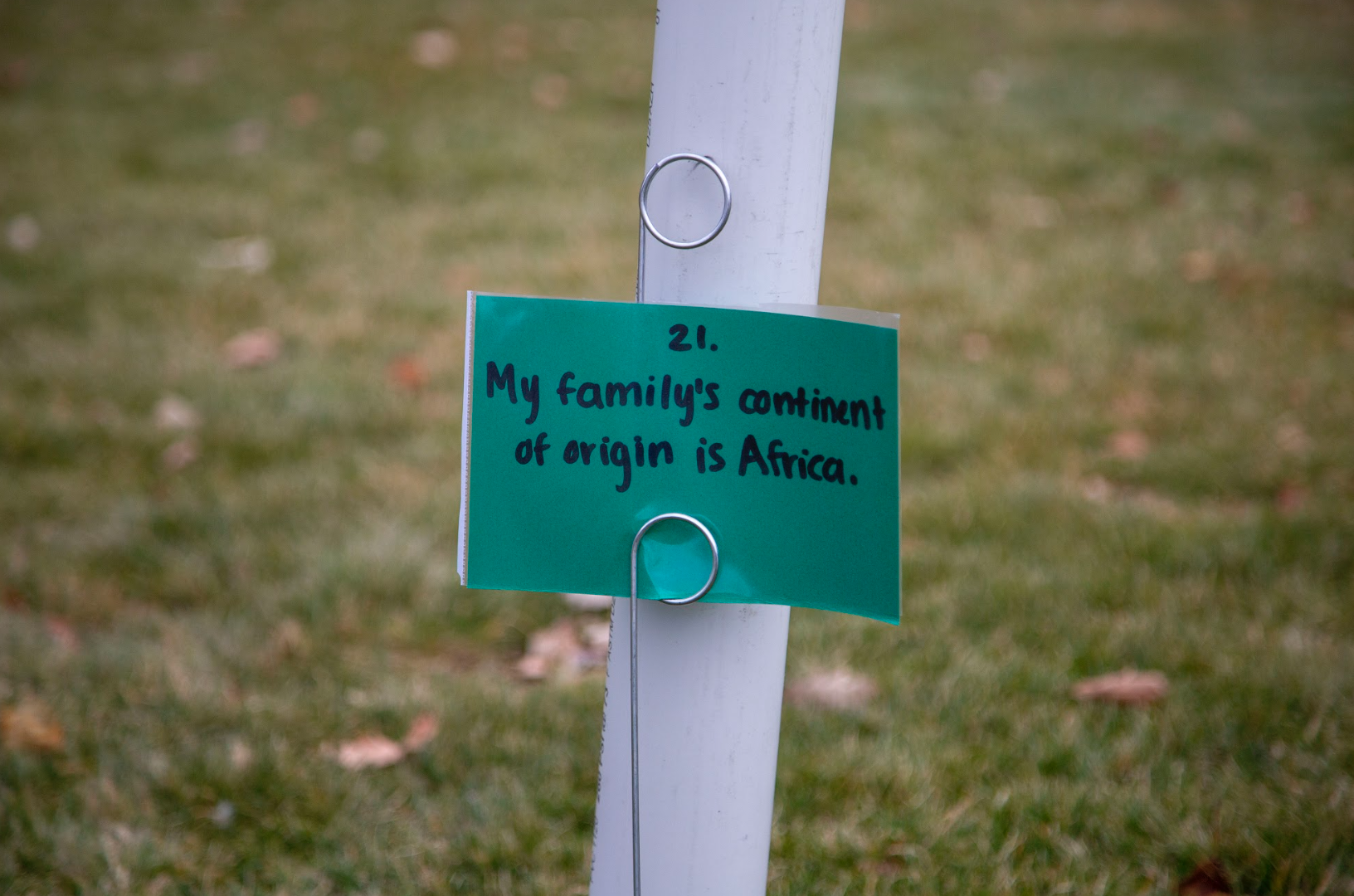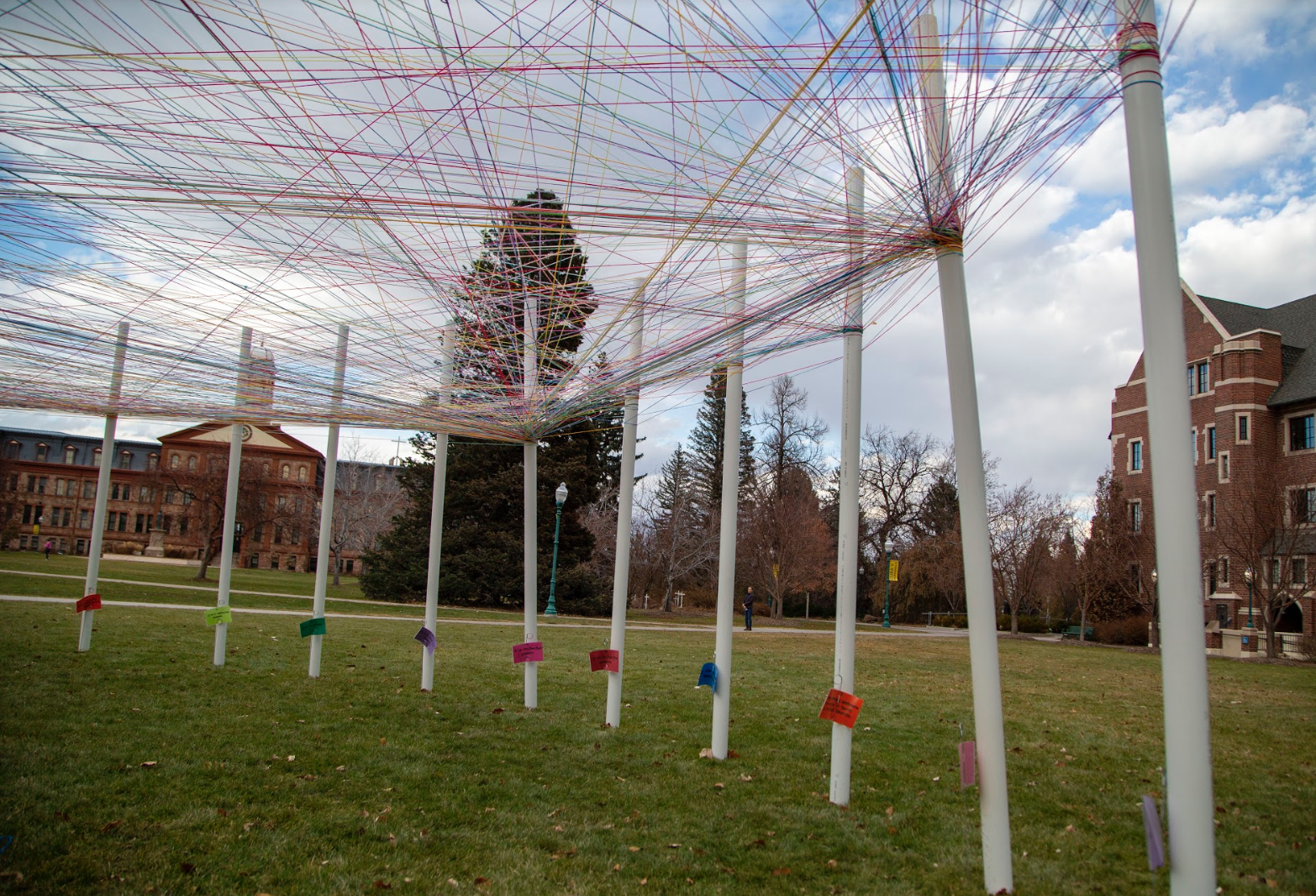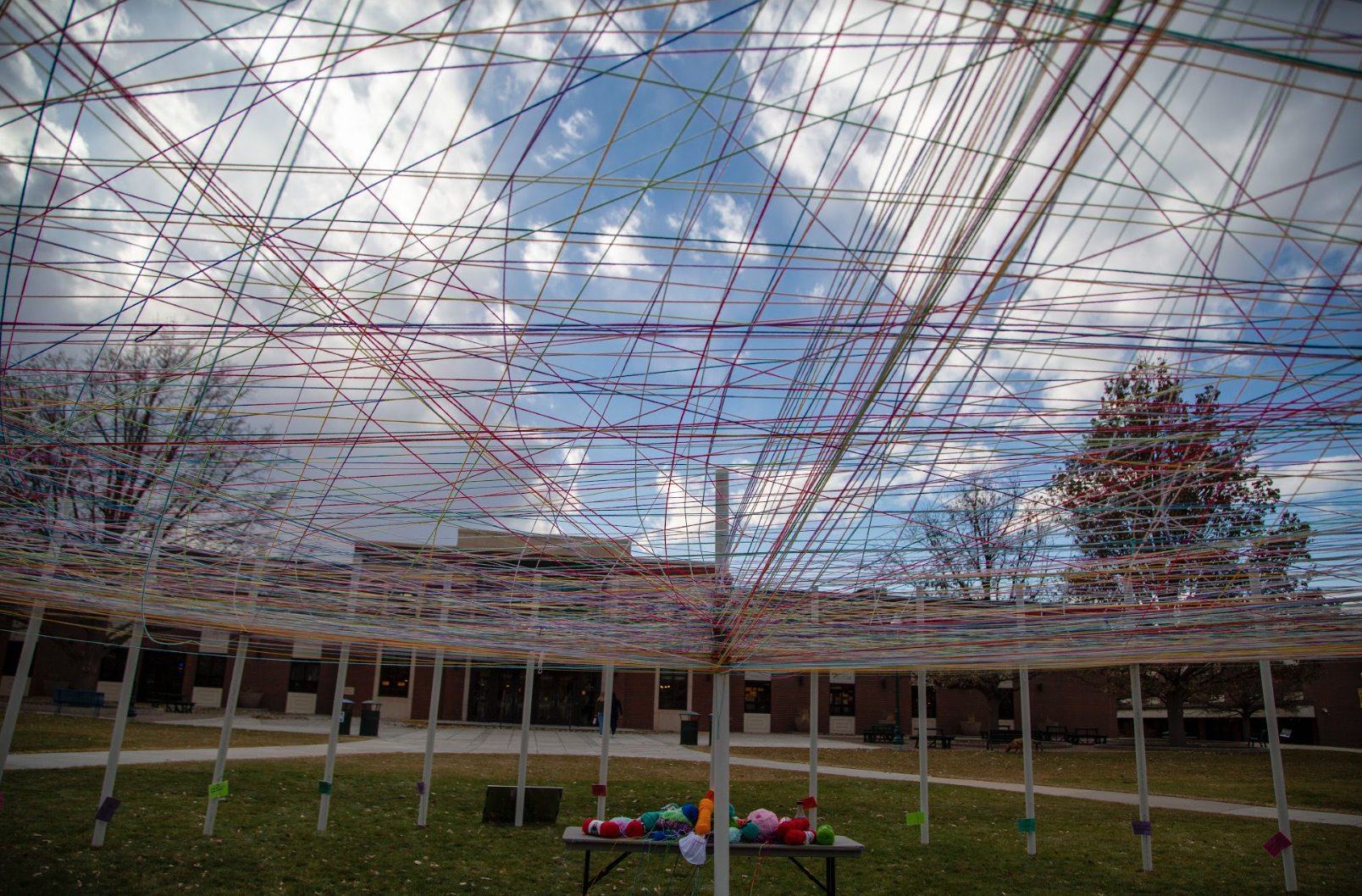Photo Source // Amy Reglin
By: Morgan Jacobus, Staff Writer
This year’s social justice week is one of the most successful in recent memory due to the new unity project and increased attendance at events. Social justice week is an annual Regis tradition that began in the early 2000s, then hosted by the Social Justice and Spirituality Committee, which is now the Social Justice and Diversity Council.
“What they did was around the deaths of American and non-American soldiers in a war in the Middle East, so they camped on the quad and that was… the first social justice week. That was how it started, and it was definitely more focused, I think, on our Jesuit spirituality,” said RUSGA Vice President of Social Justice and Diversity Regi Worles.
For this year’s Social Justice and Diversity week the programming committee was headed by Emma Menchaca-Chavez and Regi Worles, with Malia Olson as the project manager along with contributors Alex Rucker, Guillermo Barbella, and Eleanor Ruth.
“They wanted to have events every day that basically involved everybody so anybody could interact – [the unity project] is like an interactive art exhibit and anybody on campus could get involved,” said Rucker.
There’s around 15 people on the Social Justice and Diversity Council, and they’ve been working on Social Justice week since mid-October.
“That has pretty much been the bulk of our work, getting permission to do things like stake 33 things in the ground. I wasn’t expecting [Mike Redman, campus management] to say yes too easily,” said Worles.
Since it was Worles’ last social justice week, he did more research this year, which led to the involvement of Dear World as well as the unity project.
“I did a lot of research on what other schools do… so Dear World and the unity project are things that are national, and different campuses and different community organizations use those tools to talk about justice, but I kind of wanted to put them in conversation with some of our home-grown programming in order to have a more full and rich discussion of identity. I wanted these things to be able to speak to one another,” said Worles.
The main goal of this year’s social justice week was connection, with the theme being “The Strings That Connect Us.”
“We just want people to realize that we are not that different, we are all humans, even though we have labels and identities we are not just one thing, we are many things,” said Rucker.
It’s not just about coming together as a community, it’s also about gaining better understanding of your own identities. Social justice week also explored what unity, solidarity, and the fight for justice looks like when everyone has their own experiences and differences.
“What I really wanted it to be was simultaneously around exploring your identity and who you are, the things that make you you, and then also… the things about yourself that start to layer up on each other that then forms deep communities of understanding,” said Worles.
When it came to the unity project itself, it drew a considerable amount of attention from those around campus. By the center pole was a table with yarn and instructions, prompting people around campus to contribute to the project as they passed by. As more people contributed their string, the web grew and became more connected. After social justice week, the Regis University Instagram posted pictures of the unity project describing it as “a tapestry of stories.”
“[It] just makes you very cognizant of how connected we actually are. You interact with people every day that you don’t know things about. I think especially somewhere where it is easy to feel tied to one group or siloed in one group it’s nice to have a visual representation that this many people are experiencing what I’ve experienced,” said Assistant Director of Fitness and Wellness, Sarah Wilkinson, who participated in the unity project.
The unity project contributed to the high attendance and participation in this year’s social justice week. Worles explained that they bought about 60-70 balls of yarn, and nearly all of them were used in the unity project. In addition to the unity project, another prominent feature of the week was the Dear World event that occurred, where 60 people came to the closed shoot, and there were about 260 photographs taken at the open shoot. Further, the Tuesday, Wednesday, and Thursday events all had around 50-75 people at them.
“This social justice week is the most attended social justice week… I know we were able to come in contact with more people than we have ever been able to come in contact with,” said Worles.
Not only was this social justice week more innovative and widely participated in, it also demonstrated how much it has grown and how far it has come.
“It felt really special in a way that it doesn’t necessarily flow every year. I have been a part of [it] since I was a first-year, and this was the year that I saw people that weren’t just my friends there… It was really affirming in so many different ways… At my heart, the reason I do the work is to do meaningful community building and it definitely feels like meaningful community building when different people from different backgrounds and with different beliefs are coming together to create something that I think so many people got to touch,” said Worles.
When asked what his favorite part of the week was, he said all of it. This week was such a success in more ways than one. The campus was able to come together as a community, explore their individual and collective identities, have meaningful conversations, and the council was able to revel in what they had created as well as the relationships that were built.




